Blog
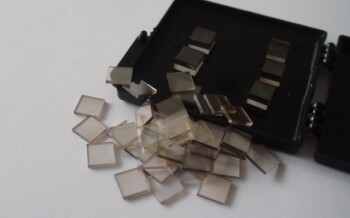
Progress in Microwave Plasma Chemical Vapor Deposition for Large-Size Single Crystal Diamond Preparation
11 months agoThis article discusses the advancements and challenges in preparing large-size single-crystal diamonds using microwave plasma chemical vapor deposition (MPCVD) techniques.
Learn More

Application of Vacuum Coating on Architectural Glass
11 months agoAn in-depth look at the methods and benefits of vacuum coating on architectural glass, focusing on energy efficiency, aesthetics, and durability.
Learn More

Factors Affecting the Adhesion of Magnetron Sputtered Films
11 months agoAn in-depth analysis of the key factors influencing the adhesion of films prepared via magnetron sputtering technology.
Learn More
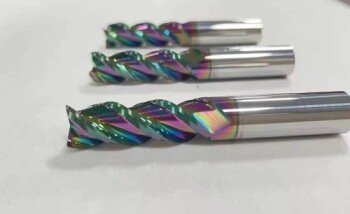
Diamond-Like Coating (DLC) and Its Applications
11 months agoExplores the properties and diverse applications of Diamond-Like Carbon (DLC) coatings.
Learn More

Understanding and Preventing Magnetron Sputtering Target Poisoning
11 months agoDiscusses the phenomenon of target poisoning in magnetron sputtering, its causes, effects, and preventive measures.
Learn More
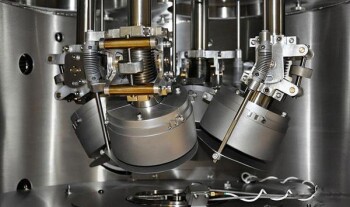
Impact of Various Power Supplies on Sputtered Film Morphology
11 months agoThis article discusses how different power supplies affect the morphology of sputtered film layers, focusing on DC, PDC, and RF power supplies.
Learn More
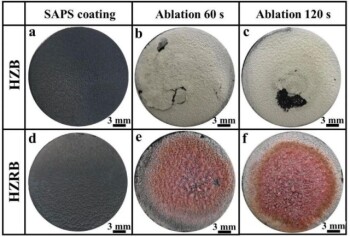
Analysis of Severe Ablation in the Center Region of Ceramic Targets in Magnetron Sputtering
11 months agoThis article discusses the causes and solutions for severe ablation in the center region of ceramic targets during magnetron sputtering.
Learn More

Measuring Peel Strength of Sputtered Film Layers
1 year agoAn in-depth guide on the definition, measurement methods, influencing factors, and equipment used for assessing peel strength of sputtered film layers.
Learn More
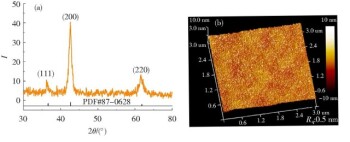
Controlling Film Thickness Tolerance in Magnetron Sputtering Coating
1 year agoDiscusses methods to ensure film thickness tolerance in magnetron sputtering coating for optimal material performance.
Learn More
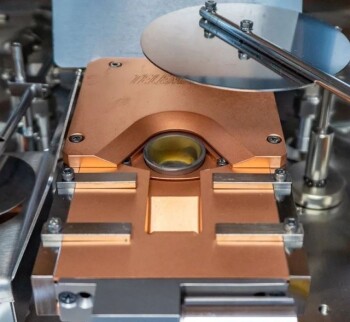
Electron Beam Evaporation Coating: Advantages, Disadvantages, and Applications
1 year agoAn in-depth look at the pros and cons of electron beam evaporation coating and its various applications in industries.
Learn More
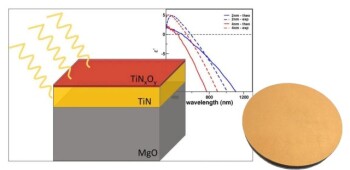
Challenges in TiN Film Deposition Using AC Power and Solutions
1 year agoDiscusses the difficulties of TiN film growth under AC power and proposes solutions like DC sputtering and pulsed DC.
Learn More

Comprehensive Overview of PVD Coating Processes
1 year agoAn in-depth look at the principles, types, gas applications, and practical uses of PVD coating processes.
Learn More
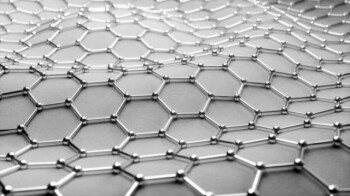
Thin Film System Design: Principles, Considerations, and Practical Applications
1 year agoAn in-depth exploration of thin film system design principles, technological considerations, and practical applications in various fields.
Learn More

Issues in Magnetron Sputtering: Why a Glow Occurs but No Film is Deposited
1 year agoAnalyzing factors causing no film deposition despite glow in magnetron sputtering.
Learn More

Factors Affecting Magnetron Sputtering Uniformity
1 year agoDiscusses the key factors influencing the uniformity of thin film deposition in magnetron sputtering, including equipment parameters, sputtering power, gas pressure, magnetic field configuration, substrate properties, and more.
Learn More

Selecting Vacuum Coating Materials: Key Factors and Considerations
1 year agoGuidelines on choosing the right vacuum coating materials based on application, material properties, deposition methods, economy, substrate compatibility, and safety.
Learn More

Challenges in Achieving Glow Discharge with Rhenium Targets in Magnetron Sputtering
1 year agoExplores reasons why rhenium targets struggle to glow during magnetron sputtering and offers optimization suggestions.
Learn More

Parameters Affecting Sputtering Effect in Magnetron Sputtering Process
1 year agoKey parameters influencing the sputtering effect in magnetron sputtering, including air pressure, power, target distance, substrate type, and more.
Learn More

Controlling Color and Applications of Evaporated Silicon Oxide Films
1 year agoExploring color variation, control methods, and practical applications of silicon oxide thin films.
Learn More

Precautions for Preparing Lead Zirconate Titanate (PZT) Film Layers by Magnetron Sputtering
1 year agoGuidelines and precautions for preparing PZT film layers using magnetron sputtering.
Learn More
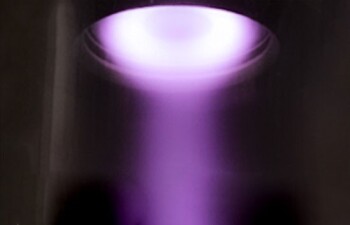
Considerations for Evaporative Coating on Flexible Substrates
1 year agoKey factors in successful evaporative coating on flexible materials, ensuring quality and performance.
Learn More

Types of Bias Power Supplies in Magnetron Sputtering and Their Purposes
1 year agoOverview of bias power supply types in magnetron sputtering and their roles in improving film adhesion and density.
Learn More

Understanding the Differences and Uses of DC, MF, and RF Sputtering in Thin Film Preparation
1 year agoThis article explains the distinctions and applications of DC, MF, and RF sputtering techniques in thin film preparation.
Learn More

Target Material Sparking During Magnetron Sputtering Coating: Causes and Solutions
1 year agoExplains why target material sparks during magnetron sputtering and offers solutions to prevent it.
Learn More
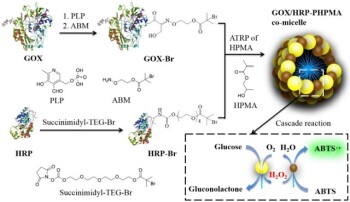
Understanding Sputtering Deposition Technology
1 year agoAn in-depth look at sputtering deposition technology, its mechanisms, types, and applications.
Learn More

Chemical Vapor Deposition (CVD) Thin Film Deposition Technology
1 year agoOverview of CVD technology, its principles, types, applications, process characteristics, and advantages.
Learn More

Thin Film Deposition Processes in Semiconductor Manufacturing
1 year agoAn overview of thin film deposition techniques, focusing on Chemical Vapor Deposition (CVD) and Physical Vapor Deposition (PVD) processes in semiconductor manufacturing.
Learn More

Comprehensive Overview of Chemical Vapor Deposition (CVD) Technologies
1 year agoThis article details various CVD technologies used in semiconductor and thin film deposition industries.
Learn More
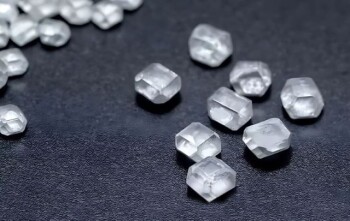
MPCVD Cultured Diamond Revolutionizes the Industry
1 year agoExplores the impact of MPCVD cultured diamonds on various industries and strategies for cost reduction and efficiency improvement.
Learn More
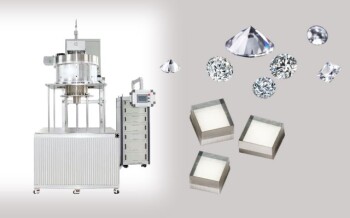
Choosing a High-Performance MPCVD Device
1 year agoKey considerations for selecting an MPCVD device for diamond growth.
Learn More